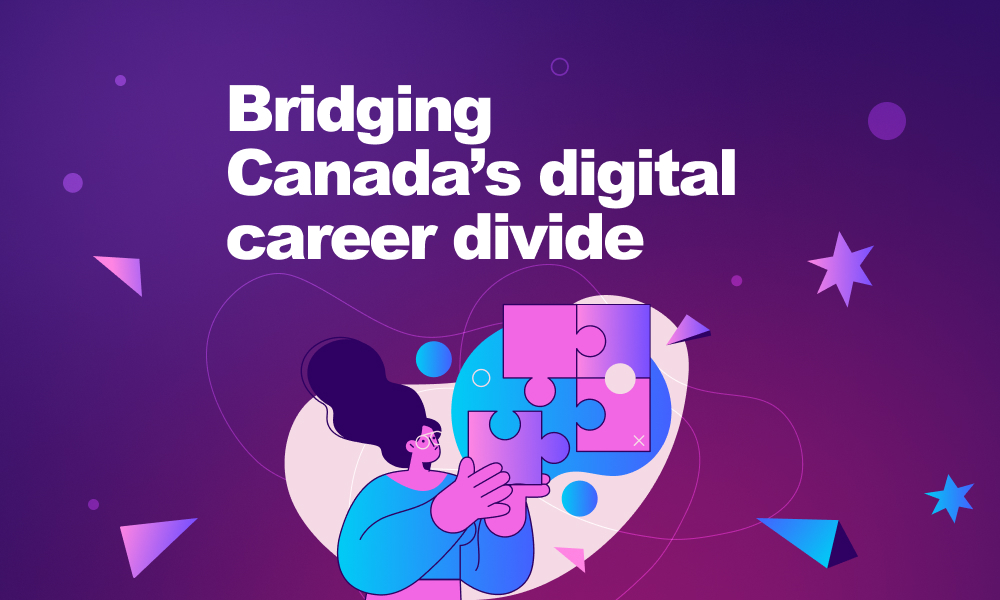Canada’s digital economy has rapidly grown to become one of the country’s biggest contributors to its overall economy. In fact, between 2010 and 2019, Canada’s digital sector surpassed the country’s overall GDP growth by a whopping 40 per cent. That’s equivalent to the oil, gas and mining sectors combined!
COVID Impacted the Digital Economy
Then the COVID-19 pandemic hit, which had a significant effect on the digital economy as businesses and organizations were forced to shift to remote work, and online commerce became more attractive over brick-and-mortar stores. The impact has been huge and the upward trend toward the digital economy is not letting up anytime soon.
Canada’s Digital Economy by the Numbers
In 2017, some 886,114 jobs in Canada were linked to the digital economy – or roughly 4.7 per cent of all jobs in the country. Today, more than 11 per cent of employment in Canada is in the digital economy and by 2025 more than 2.26 million Canadians will be employed in the sector.
Canada’s Digital Divide
So, we can see that Canada has the very real potential to become one of the world’s leaders in the digital economy, with a highly educated labour force that is also extremely tech-savvy, spending on average more than five hours a day on the internet. And, according to statistics, 89 per cent of Canadians and 98 per cent of businesses are connected online.
However, there is a glaring digital divide in the country. For instance, in rural communities and remote areas there are barriers to accessing reliable, high-speed internet service. That barrier also exists for low-income families and Indigenous people. But the digital divide encompasses more than just issues in obtaining adequate internet access. Those in Canada’s underserved communities – including Indigenous people, newcomers to the country, women, disabled persons and visible minorities – often face bias and discrimination, both conscious and unconscious, when looking to enter the digital sector.
These socio-economic barriers leave Canada’s underserved communities less engaged in the digital economy, missing out on career opportunities, education and a brighter future. As an example, Indigenous people account for approximately 2.5 per cent of the country’s GDP and 5 per cent of Canada’s population. However, they only comprise around 1 per cent of the country’s digital workforce.
Digital Pathways Bridges the Digital Divide
With a focus on helping Canada’s underserved communities easily enter the digital workforce, the new Digital Pathways platform offers users a free step-by-step roadmap to successfully transition into and thrive in the digital economy.
The free platform assesses users’ skills and matches them with digital careers that align with their knowledge and experience. It also outlines free on-demand LinkedIn Learning courses, and free career coaching from Randstad RiseSmart, an industry leader in coaching and career transitions.
With an award-winning platform, career resources, education and coaching, Digital Pathways’ mandate is to remove barriers and help those in Canada’s underserved communities kickstart their digital career journey and find their dream digital job.
Visit the website to sign up or find out more.
